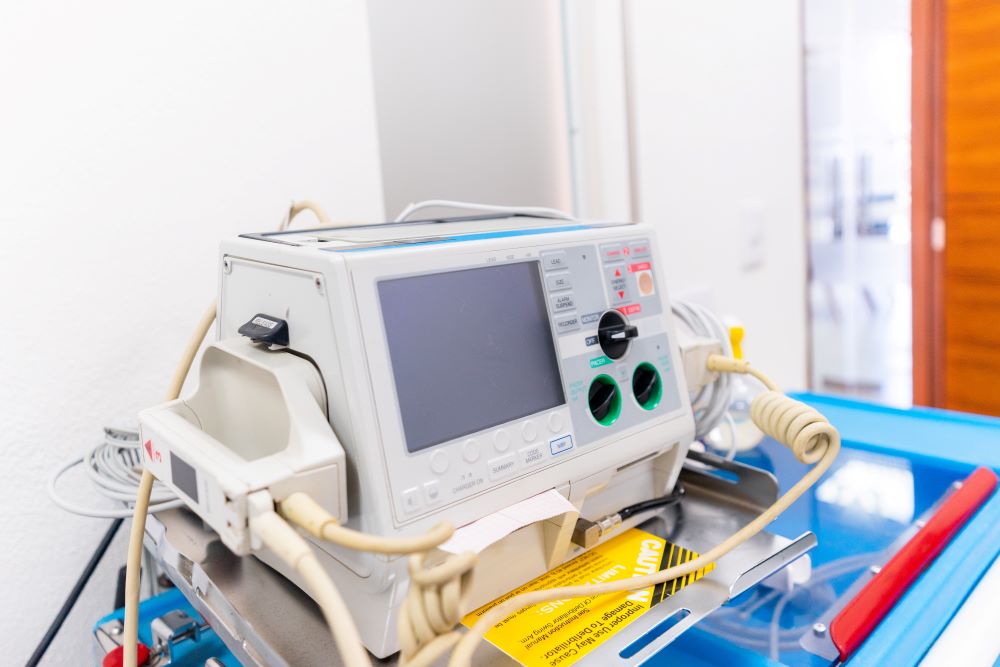Global longitudinal strain can accurately predict adverse outcomes in patients with HF and diabetes.
A new study published on the medRxiv preprint server suggests that global longitudinal strain (GLS) may be a powerful predictor of adverse outcomes in patients with heart failure and diabetes. Structural deformities, such as myocyte hypertrophy, impaired coronary microvascular perfusion, and diffuse interstitial myocardial fibrosis, have been linked to diabetic hearts and diastolic and systolic dysfunction. Diabetes further compounds these issues, and patients with diabetes and heart failure (HF) are more susceptible to worse clinical outcomes and are at a higher risk of hospitalization for HF and death than non-diabetics.
Cardiac magnetic resonance (CMR) imaging is used to determine HF due to its ability to evaluate cardiac morphology, function, and myocardial tissue characteristics. In relation to CMR imaging, technicians generally use late gadolinium enhancement (LGE) to assess myocardial fibrosis. Meanwhile, T1 T1 mapping pre- and post-gadolinium contrast allows technicians to assess myocardial extracellular volume fraction (ECV), a biomarker of myocardial diffuse interstitial fibrosis.
Additionally, GLS, which measures the ability of the left ventricle to contract and relax, provides a measure of LV systolic function. It is measured using an echocardiogram, an ultrasound test that uses sound waves to create images of the heart. GLS by CMR has been found to offer predictive value in HF regardless of whether the root of HF was ischemic or nonischemic.

While various studies have linked the predictive value of GLS in diabetic patients without symptoms, studies on the predictive value of GLS in diabetic patients with confirmed HF remain scarce.
Patients with HF were enlisted from six tertiary cardiac centers in Singapore. However, patients with severe conditions like severe valve disease, acute coronary syndrome, severe renal failure, complex adult congenital heart disease, and hypertrophic cardiomyopathy were excluded from the study.
All patients underwent a baseline clinical assessment, and blood samples were drawn to evaluate plasma biomarker levels.
Additionally, all patients consented to the study, and it was conducted in accordance with the principles of the Declaration of Helsinki that guide medical research.
The study, which was conducted by a team of over ten researchers, consisted of 315 patients, which included 159 diabetics and 156 non-diabetics. The researchers found that compared to non-diabetics, patients with diabetes and heart failure (HF) were more susceptible to worse clinical outcomes and at a higher risk of hospitalization and death. They had worse CMR markers of myocardial injury, inflammation, and fibrosis. They also exhibited increased ECV and LGE. Diabetic patients also had impaired GLS and a higher risk of myocardial fibrosis as assessed by medical tests.
The researchers concluded that GLS could be used to identify patients with heart failure and diabetes at high risk of adverse outcomes so that they can be treated more aggressively. The findings have important implications for the care of patients with heart failure and diabetes. GLS is a relatively simple and noninvasive test that can be performed during an echocardiogram.
The study’s conclusions are still preliminary, and more research is required to confirm them. However, the results are promising, and they suggest that GLS could be vital to improving the health outcomes of patients with heart failure and diabetes.


Join the conversation!